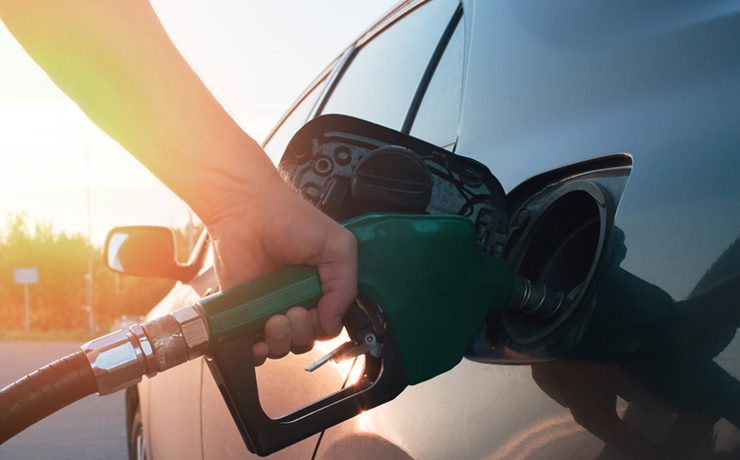
July 6, 2022
Brisbane was the most expensive capital city in Australia to buy unleaded petrol last month, and the second most expensive city for diesel.
RACQ spokesperson Nicky Haydon said the motoring club’s latest quarterly fuel report showed the average ULP price in Brisbane for June was 205.9 cents per litre, 5.6cpl higher than the previous record reached in March.
The average price for diesel was 221.1cpl.
Kingaroy’s average ULP price was 196.5cpl, cheaper than Brisbane; the average diesel price was 219.8cpl, also cheaper than Brisbane.
Hervey Bay and Roma were the cheapest regional centres to buy ULP in June, both with an average price of 195.2cpl.
At 222.2cpl, Mount Isa was the most expensive regional centre for ULP.
Bundaberg had the cheapest diesel in Queensland in June, at 215.8cpl.
Longreach was the most expensive regional centre for diesel at 231.8cpl.
“Our advice for motorists in south-east Queensland is to fill the tank now because we don’t expect prices to dip much lower before hiking again. Today, a fair target price (for ULP) is 203cpl,” Ms Haydon said.
The RACQ said the Russian invasion of Ukraine and the subsequent international sanctions against Russia had continued to cause volatility in global oil prices and large price spikes.
This is on top of oil production cuts and under-quota production from the OPEC+ group of oil-producing countries.
The Federal Government’s temporary fuel excise cut will expire in September; both Prime Minister Anthony Albanese and Treasurer Jim Chalmers have ruled out an extension.
























I’ve never understood how fuel prices can be lower here than in Brisbane. There’s the cost of transporting the fuel here, and the tankers going back empty. Also, I would think there’s far more competition on prices in Brisbane than here.
I imagine site operating costs would be cheaper in regional/rural areas but I wouldn’t think that would be enough to have a significant impact on prices.
To my knowledge, the regional/rural fuel subsidy was abolished years ago.
Maybe it’s just a case of the fuel distributors jacking up the prices where and when they choose because they can.
If anyone knows how this all works, please enlighten me.
“…under-quota production from the OPEC+ group of oil-producing countries.”
The sooner we have to be less reliant on the OPEC+ group the better. They’re probably quite pleased with the current situation and the longer it goes on the better for them.